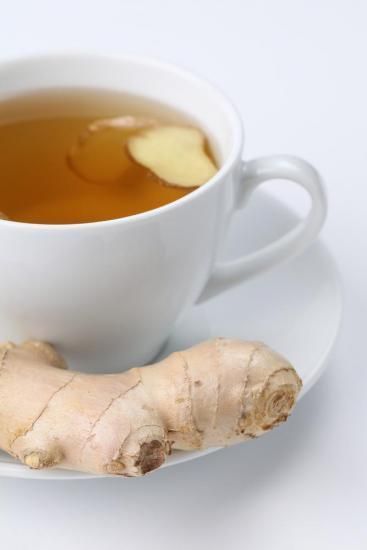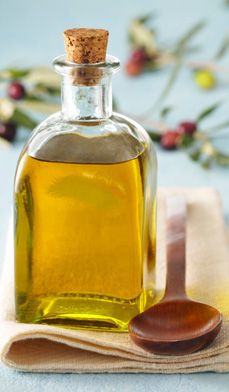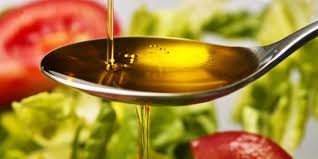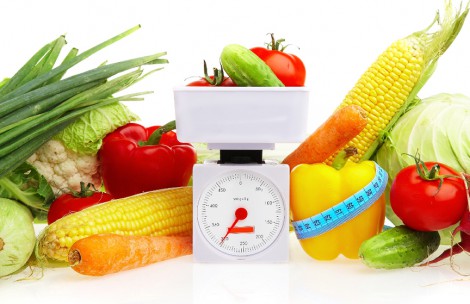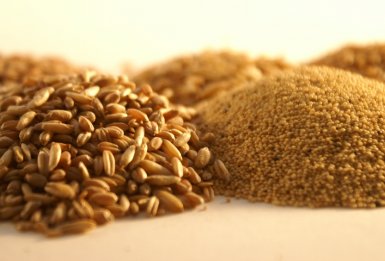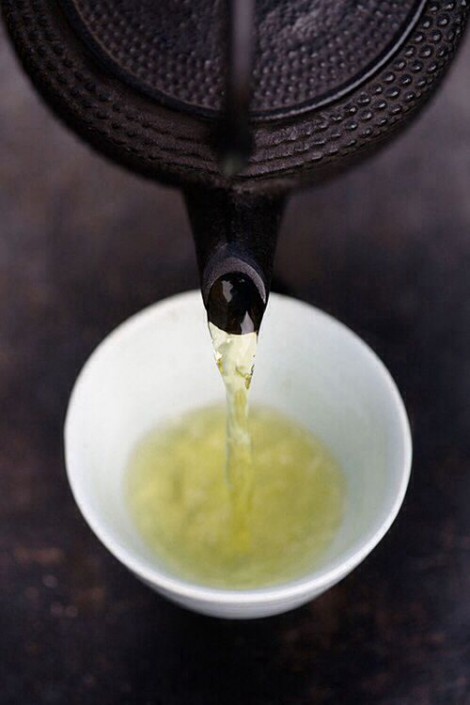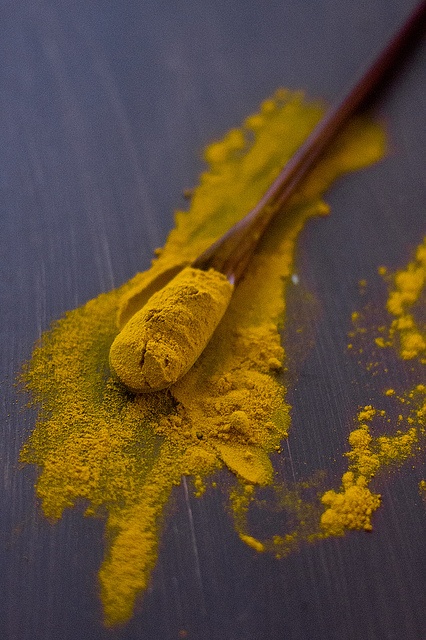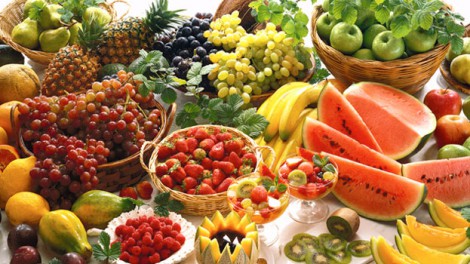We’ve probably all heard the old adage: “you are what you eat”. It is certainly true that our physical and mental state largely depend upon our diet.
Obesity, cancer, coronary heart disease, type 2 diabetes and high blood pressure, amongst others may develop due to bad dietary habits. These illnesses are responsible for an ever-increasing number of fatalities. It is therefore important to inform ourselves about the food what we put in our bodies.
When I started to cook, I thought I was already quite aware of healthy eating. I had to realize though that the fact that there’s more to understanding what it means to eat whole and healthy foods.
Ready-made food items tend to end-up in the shopping trolley of everyone, including health-conscious consumers. Just think of pasta sauces, salsas, breads, spreads, oat cookies, cereals, canned vegetables, etc. Even if you cook items yourself and avoid processed, junk food, you will probably end up buying a fair amount of packaged food. It seems to be quite unavoidable but still, you can control what you put on the table if you shop and cook consciously.
How to handle this problem?
First of all, I would recommend trying to limit your consumption of packaged foods. If whole food (i.e. food that’s been processed as little as possible) is available instead of a bottled or canned one, then go for it. Make your own chutneys, sauces, juices and soups using fresh vegetables and fruits whenever possible. It may have a beneficial impact on your health and it will be fun to explore your culinary talents.
If you do buy packaged food items, don’t always go for brand names and attractive packaging. Instead of buying based on how the packaging looks or how familiar its name sounds (based on advertising), seek to understand what lies under the packaging. Take a closer look at what the product contains and read the label. The manufacturers are bound by law in many countries to display a wide range of dietary information on the product. This is a valuable tool that is available for us to make better and more informed buying decisions.
What to be Mindful of
Here are 10 things to be attentive to when buying food and reading the nutritional data on the label.
1) Watch the serving sizes. Food manufacturers have a deceitful habit of disclosing nutrition facts based on serving size, not the actual size of the product. If the product contains more than one serving, all the amounts listed may need to be multiplied. Always check whether the nutrition values are per serving and if so, multiply the data with the number of servings the product contains to get the full picture. Also, remember that the serving size may be different to what you normally consume as a single serving.
2) Pay attention to calories and the recommended daily intake. Check the calorie content of packaged products. The recommended average daily calorie intakes are in a range of 1,800 to 2,000 for women and 2,200 to 2,500 for men. This will likely vary by individual, based on their physical activity and other factors. However, it is a good habit to keep recommended calorie intakes in mind and not to overeat, in order to avoid weight gain.
3) Beware of bad fats. Saturated and trans fats are bad for you, so limit or, if possible, eliminate them from your diet. In particular, they occur in some animal products and appear in processed foods. The biggest concern is trans fats in processed food, which appear in products containing partially or fully hydrogenated oils. Trans fats tend to appear in snacks, fried and commercially baked goods, as a side effect of very high heat used during their manufacturing process. Always look at the label and if the product consists of trans fats, ditch it. The problem with trans fats is manifold: they raise LDL, the “bad cholesterol” (LDL) levels and lower “good cholesterol” (HDL) level in the body and slow metabolism.
4) Lower your sodium (salt) intake. A high level of sodium intake can cause high blood pressure. It is not recommended to take more than 2,300 mg sodium per day, or 1,500 mg for people over 40. This is equivalent to a teaspoon or less.
5) Avoid the hidden sugars. Lots of packaged foods contain added sugar. The food industry uses a wide range of sugars under different names including but not limited to: fructose, glucose, lactose, corn sugar, corn syrup, corn starch, barely malt, dextran, diatase, maltodextrin, mannitol, sucrose, sorbitol, maltitol. These are all sugars containing high calories and close to nothing in nutritional value. Keep their intake to a minimum, if possible.
6) Choose complex carbs. Carbohydrates found in fruits and vegetables are a much better source of energy than simple carbs found in refined sugar. Complex carbs tend to be rich in fiber, vitamins and minerals and they don’t raise the blood sugar level of the body as quickly as simple ones.
7) Have a diet rich in fiber. Eat plenty of fruits, vegetables and whole grains. Consumption of fiber improves the digestive tract and maintains a healthy colon. Plus it contributes to the slow break down of the food in the body; therefore it helps to prevent sudden blood sugar spikes. Recommended intake of dietary fiber is 25 g for women and 38 g for men per day. Make sure you have enough of it.
8) Have enough protein in your diet. Protein is very important as it serves as the fundamental element of the human body at the cellular level. Animal products are very good source of protein, albeit they raise other dietary and health concerns. Vegetarians may receive sufficient protein intake from pulses, whole grains, seaweed and nuts. Nonetheless, they should pay special attention to ensure that they consume enough protein, as protein deficiency can be highly problematic.
9) Eat enough vitamins and minerals. The best source of vitamins and minerals like iron and calcium are fresh whole foods. If you buy packaged food, check out the vitamin and mineral content on the label and choose the ones that are high in vitamins and minerals.
10) Buy whole grain breads. Don’t let the food industry deceive you with marketing claims around bakery products. Check the label and buy only whole grain (not simply whole-wheat) bread, rolls and wraps. “Made with whole grain” and similar phrases do not equal to whole grain and may have very little fiber content and health benefit. Also, just because a bread is brown doesn’t mean it is healthy.
Reading the labels on packaged foods will help you create a balanced diet. If you create the habit of taking a look at labels before you buy a packaged food, you will be able to control your fat, sugar and cholesterol intake and you will recognize if your diet is not rich enough in fiber, vitamins and protein. This is hugely empowering and your new skill will make its impact on your overall health and wellbeing.

